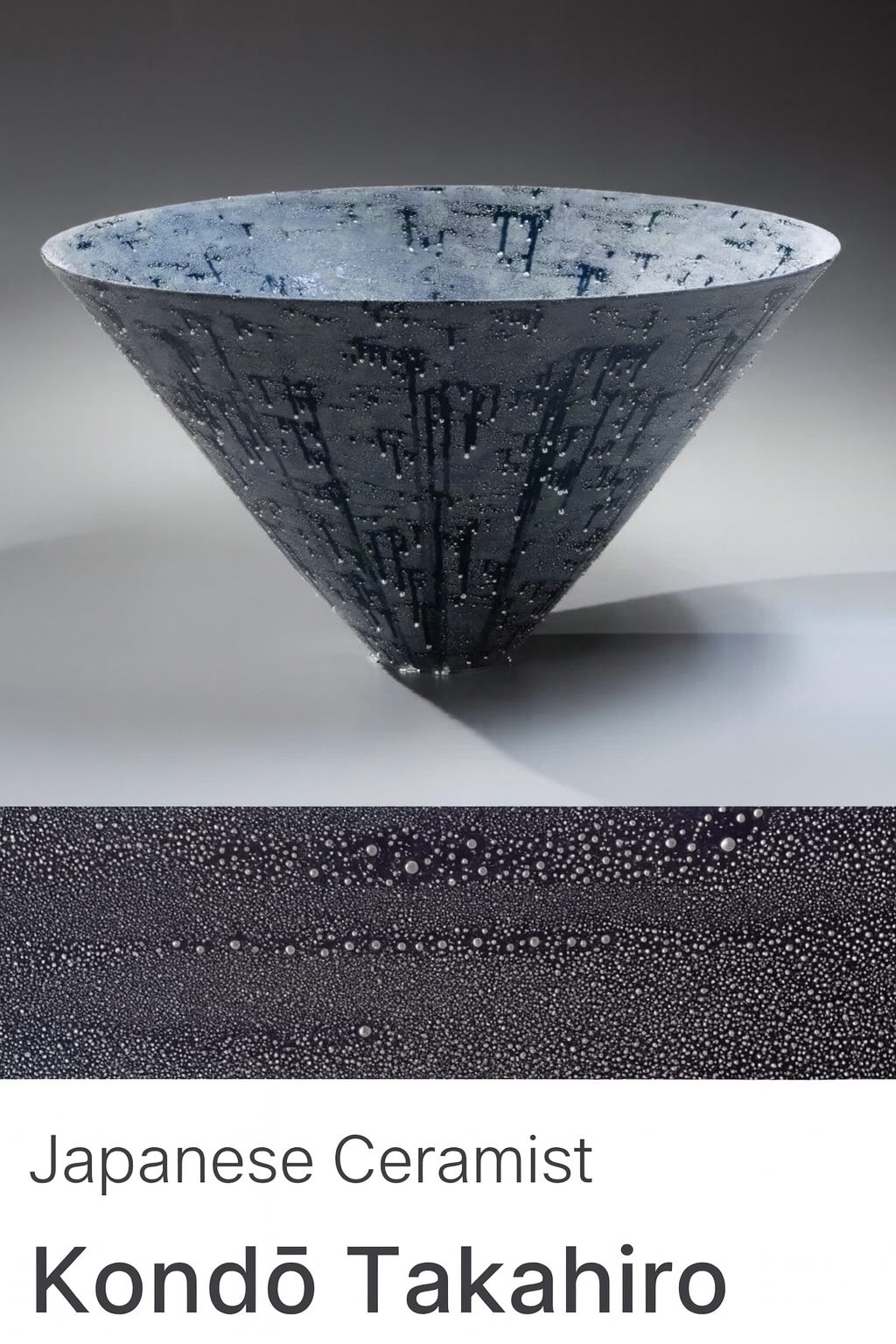Types of Ceramics
Ceramics are generally divided into three main categories:

1. Pottery
-
Earthenware: Fired at a low temperature (around 1000°C). It has a coarse texture and high water absorption. Commonly used for flowerpots and decorative items.
-
Faience: Low-temperature fired with a glazed surface. Finer in texture, often used for tableware and decorative pieces.
2. Stoneware
Fired at a medium temperature (about 1200–1300°C). Dense, durable, and with low water absorption. Widely used for tableware and functional vessels.
3. Porcelain
High-fired (around 1300–1400°C). Hard, delicate in texture, and slightly translucent. Commonly used in fine tableware and art objects.
Types of Clay
Clay is the essential raw material for ceramics. Common types include:
-
Kaolin: White in color, highly refractory, the main ingredient for porcelain.
-
Ball Clay: Highly plastic, often used for fine ceramics.
-
Fire Clay: Resistant to high temperatures, used in refractory products.
-
Red Clay: Rich in iron, turns red after firing, commonly used for pottery.
The Making Process
The production of ceramics typically involves several steps:

-
Shaping – by hand molding, wheel throwing, or slip casting.
-
Drying – air-dried or heated to remove moisture.
-
Firing – hardened in a kiln at high temperatures.
-
Glazing – coated with glaze and fired again for gloss and waterproofing.
Ceramic Art Around the World
-

KPM Berlin Porcelain (1777) – Designed by Friedrich Elias Meyer, featuring naturalistic motifs, pastel enamels, and gilded details. Standing 23 cm tall, this piece reflects the elegance of 18th-century European porcelain artistry.
-
 Hungarian Zsolnay Minaret (19th Century) – With its distinctive eosin glaze and stamped base, this 13 cm piece embodies the innovation of Central European ceramics.
Hungarian Zsolnay Minaret (19th Century) – With its distinctive eosin glaze and stamped base, this 13 cm piece embodies the innovation of Central European ceramics. -
 Augustus Rex Lidded Vase (c.1720/23) – Decorated with rare yellow lions, floral branches, and early Meissen-style bird paintings, this 44 cm porcelain vase is highly collectible and valued for its rarity.
Augustus Rex Lidded Vase (c.1720/23) – Decorated with rare yellow lions, floral branches, and early Meissen-style bird paintings, this 44 cm porcelain vase is highly collectible and valued for its rarity.
Modern Stoneware Dinnerware by HomeVss
Among modern ceramic creations, HomeVss Reactive-Glaze Stoneware Dinnerware Set stands out. Designed by our in-house ceramic masters, it combines a matte black exterior glaze with a glossy reactive glaze interior. The elegant coupe shape makes it both stylish and practical for daily use. Each piece features a unique kiln-reactive finish, ensuring no two items are ever the same—like snowflakes in the sky. Beautiful, durable, and one-of-a-kind.
Conclusion
From ancient ceramic masterpieces to modern innovations, every type of ceramic carries cultural heritage and aesthetic value. By understanding the categories, raw materials, and crafting processes of ceramics, we not only gain a deeper appreciation of ceramic art but also make wiser choices when selecting tableware. 
If you’d love to bring the beauty and craftsmanship of ceramics to your everyday dining, explore our ceramic dinnerware collection.
Color your table, elevate your life.







Leave a comment
This site is protected by hCaptcha and the hCaptcha Privacy Policy and Terms of Service apply.